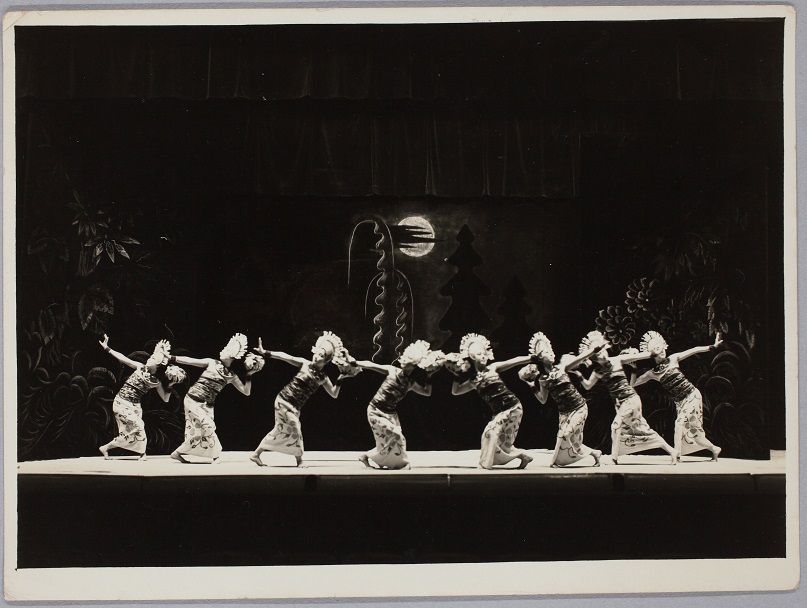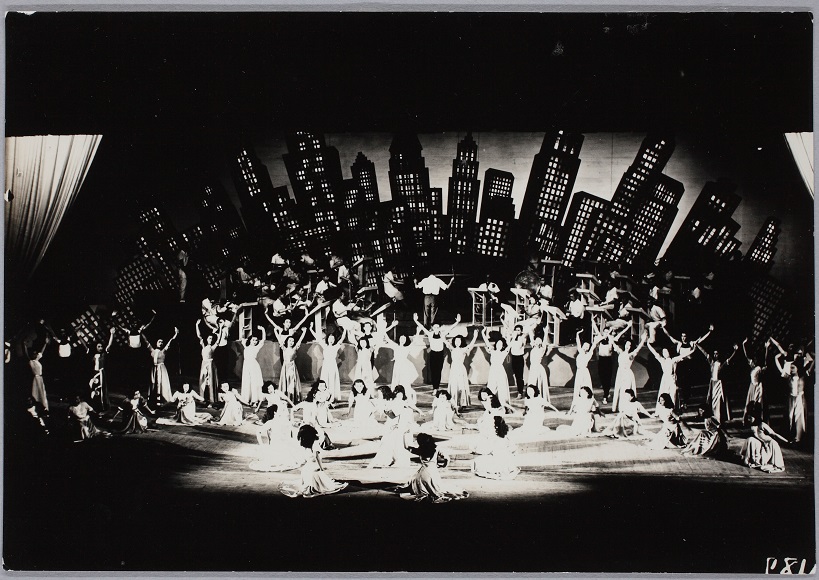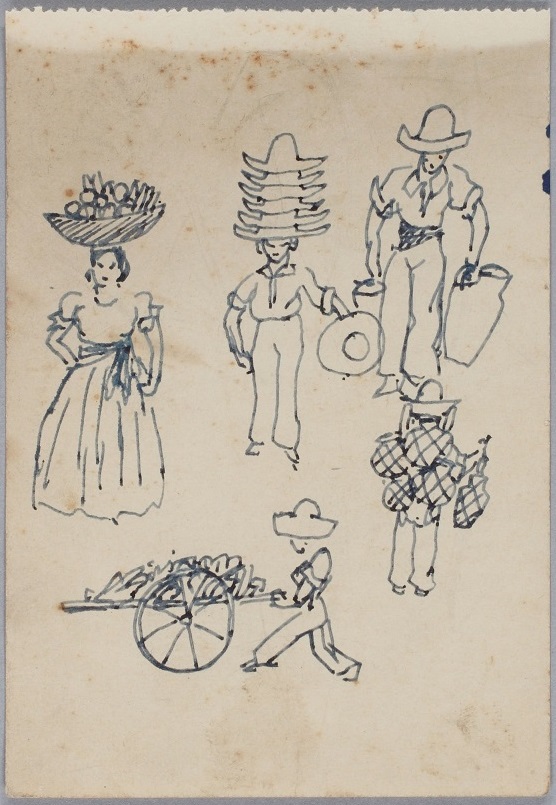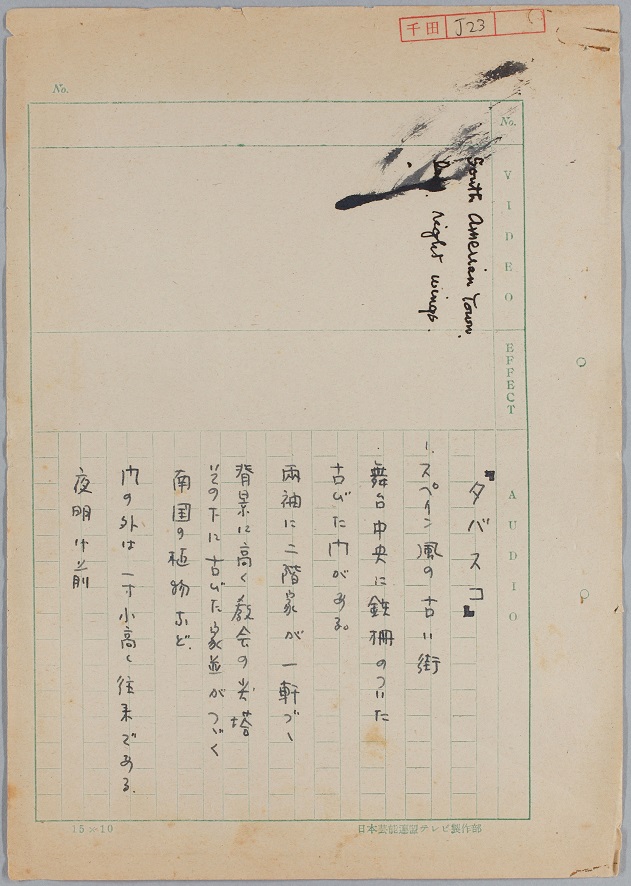Selected research 4: The investigation and research into the Senda materials-Koreya Senda and contemporary plays
-
Principal Researcher: Yukako Abe (Professor, Faculty of Arts and Letters, Kyoritsu Women’s University)
Collaborative Researchers: Keiko Miyamoto (Part-time Lecturer, School of Humanities and Social Sciences, Shirayuri College), Terada Shima (Part-time Lecturer, Faculty of Humanities, Seigakuin University), Hirokazu Akiba (Professor, School of Creative Science and Engineering, Waseda University)
【Research objective】
Articles that belonged to Koreya Senda were donated by his daughter Momoko Nakagawa in April 2001. In total, there were more than 300 cardboard boxes (at the time they were received) containing old books and play-related materials. We have advanced the work of broadly cataloguing and arranging these materials. Certain materials, particularly books, albums, scrapbooks, and cards, have been available for viewing since 2005. However, at present, these materials have merely been provisionally arranged, and their content has not been studied. The research has focused on “J: Michio Ito-related materials” in the Senda Collection. We have advanced the arrangement, storage, and digitization of these materials, as well as in identifying the issues and research methods necessary for using a diverse range of theater materials as basic research material. While carrying out the documentation of “J: Michio Ito-related materials,” we arranged and discussed the information related to the Ernie Pyle Theatre from 1945 to around 1950.
【Summary of the research findings】
(1)Confirming the Content of Materials and Making Digital Images
We confirmed the content of J1 to J31 of the Michio Ito-related materials as follows:
J1, J2, J3, J4, J5 (H31): Photo albums
J11–8: Scrapbooks from 1954 to 1950
J23: Material related to the Ernie Pyle Theatre
J24: Material related to the Olympics
J27: Wartime material, Material related to the NANYO PULP Co.,Ltd.
J28: Letters
The categories for the materials include photographs, programs/brochures, scripts, journal/newspaper articles/excerpts, handwritten memos, draft manuscripts, and letters. Of these, we worked on producing digital photographs of 27 photo albums (around 960 photographs), and also letters and material related to the Ernie Pyle Theatre. We checked the details, such as captions on photographs and authentication notes, and then noted such details on the material data.
The photographic materials constitute a precious resource for tracing in detail the life of Michio, who was active in Europe, America, and Japan in the 1920s to the 1950s. In the future, it will be necessary to research the documentation of the materials, such as who took the photographs and where they were developed. The letters (J28) include those (around 53 specimens) written by Michio to his wife Tsuyako during his confinement in Camp Livingstone between 1941 and 1943, as well as letters related to Michio’s involvement in the plan to build a Japanese town in post-war Los Angeles. The collection related to the Ernie Pyle Theatre (J23) includes internal theater material from 1946 to 1954, and material related to Michio’s stage creation. In each case, digital photography has prevented loss due to degradation of the original material and enabled a diverse array of materials to be examined organically.
(2)Significance of Materials Related to the Ernie Pyle Theatre
Michio returned to Japan in December 1943. After the war, he was appointed as artistic advisor, director, and choreographer in the Ernie Pyle Theatre, owing to his fluency in English, knowledge of American culture, and understanding and leadership with respect to the Japanese staff and professionals in the arts. As can also be inferred from the collection, he was a useful human resource for both the Japanese and Americans. Further, the memos, sketches, and scripts made during the actual stage creation shed light on the constructions and contrivances used in revues and shows, whereas the stage photographs and programs provide a glimpse of the performances staged. These stage works were the result of the fact that such a personality as Michio was present in such a special time and space.




